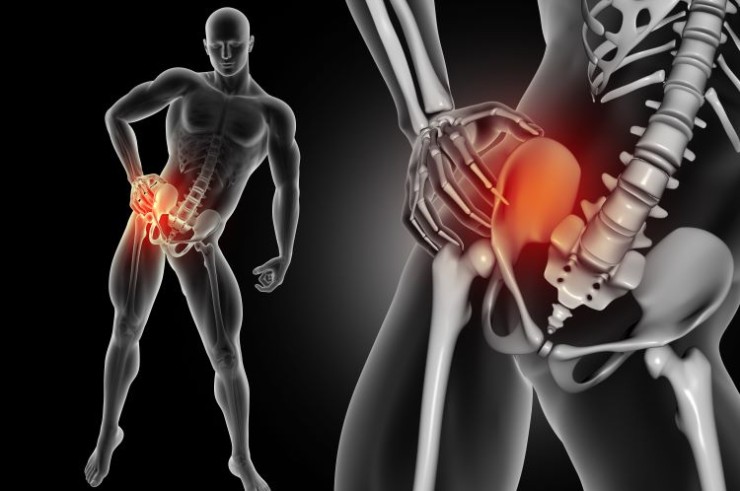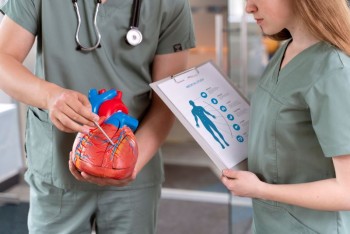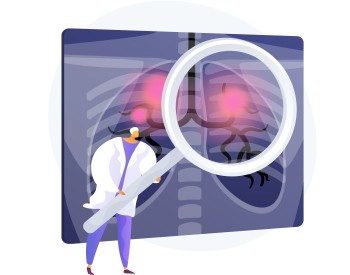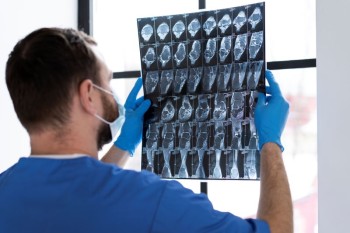
The 3D CT PBH Scan is instrumental in assessing the structures within the pelvis and both hips, including bones, joints, and soft tissues.
3D CT PBH or Pelvis Both HIP in India with Cost
3D CT PBH Scan in Detail
Introduction
A 3D CT PBH Scan, focusing on the pelvis and both hips, is an advanced diagnostic imaging procedure that provides detailed three-dimensional images of these crucial anatomical areas. In this article, we explore the specifics of this imaging technique, its purposes, and how it aids in diagnosing and managing various conditions related to the pelvis and hips.
Purpose and Significance of 3D CT PBH Scan
The 3D CT PBH Scan is instrumental in assessing the structures within the pelvis and both hips, including bones, joints, and soft tissues. It is commonly used to identify abnormalities such as fractures, arthritis, hip dysplasia, and other conditions affecting these areas.
When is a 3D CT PBH Scan Recommended?
This imaging procedure is recommended when a more detailed and comprehensive evaluation of the pelvis and both hips is necessary. It is often employed for cases of hip pain, suspected fractures, hip joint disorders, and pre-surgical planning for orthopedic procedures related to the pelvis and hips.
Preparation for 3D CT PBH Scan
Getting ready for a 3D CT PBH Scan requires minimal preparation. Patients should remove any metal objects or jewelry from the pelvic and hip area. It is essential to inform the healthcare provider about any existing health conditions or medications.
Procedure of 3D CT PBH Scan
During the procedure, patients may be positioned on a specialized table that moves through the CT scanner. The scanner captures detailed cross-sectional images from various angles, creating a three-dimensional representation of the pelvis and both hips.
Benefits and Risks
The 3D CT PBH Scan offers high-resolution images, providing an accurate assessment of various conditions affecting the pelvis and hips. The benefits often outweigh the risks, as the procedure is generally considered safe. The exposure to radiation is minimal during the scan.
Interpreting 3D CT PBH Scan Results
Expertise is crucial in interpreting the results of a 3D CT PBH Scan. Radiologists analyze the detailed three-dimensional images to identify abnormalities, such as fractures, arthritis, hip dysplasia, and other conditions affecting the pelvis and hips. The information obtained guides treatment decisions.
Conditions Diagnosed Through 3D CT PBH Scan
The 3D CT PBH Scan is effective in diagnosing a range of conditions, including fractures, arthritis, hip dysplasia, and abnormalities in the pelvic and hip bone structures. The detailed three-dimensional images allow for precise identification and characterization of these issues.
Alternatives to 3D CT PBH Scan
While the 3D CT PBH Scan is a powerful diagnostic tool, alternative imaging methods like MRI or X-rays may be considered based on the specific clinical scenario. Each method has its strengths and limitations, and the choice depends on the information needed for an accurate diagnosis.
Conclusion
In conclusion, the 3D CT PBH Scan is a valuable diagnostic tool for assessing the pelvis and both hips, identifying various conditions affecting these regions. The detailed three-dimensional images it provides play a crucial role in guiding healthcare professionals toward accurate diagnosis and appropriate treatment plans.
Frequently Asked Questions About 3D CT PBH Scan
1. What is a 3D CT PBH Scan?
A 3D CT PBH Scan is an advanced imaging procedure that provides detailed three-dimensional images of the pelvis and both hips, aiding in the assessment and diagnosis of various conditions related to these areas.
2. How long does the procedure take?
The duration of a 3D CT PBH Scan is relatively short, typically taking around 15 to 30 minutes, making it a quick and efficient imaging technique.
3. Is there any discomfort during the procedure?
The procedure is generally well-tolerated, and there is no discomfort associated with the scan itself. Patients may need to remain still during the procedure to ensure clear three-dimensional images.
4. Are there risks associated with 3D CT PBH Scan?
3D CT PBH Scan is considered safe, with minimal risks. The exposure to radiation is minimal, and the benefits often outweigh the risks, especially considering the detailed three-dimensional information it provides.
5. Can pregnant women undergo this scan?
While the radiation exposure is minimal, pregnant women are generally advised to avoid unnecessary imaging procedures. Alternative methods that do not involve ionizing radiation may be considered, and consultation with healthcare providers is crucial.
6. How often is a 3D CT PBH Scan recommended for monitoring hip
conditions?
The frequency of 3D CT PBH Scans for monitoring hip conditions varies depending on the specific diagnosis and treatment plan. Your healthcare provider will determine the appropriate schedule based on your individual case and the progression of the condition.
7. Can a 3D CT PBH Scan detect early signs of hip dysplasia?
Yes, a 3D CT PBH Scan can help detect early signs of hip dysplasia by providing detailed images of the hip joint and surrounding structures. Early detection is crucial for implementing interventions and management strategies to address hip dysplasia effectively.
8. Is there any age restriction for undergoing a 3D CT PBH Scan?
There is no strict age restriction for undergoing a 3D CT PBH Scan. The decision is based on the medical necessity and the specific condition being investigated. Both adults and children may undergo this scan when recommended by their healthcare provider.
9. Are there specific conditions where a 3D CT PBH Scan is more beneficial than other imaging modalities?
Yes, a 3D CT PBH Scan is particularly beneficial for assessing complex hip conditions, fractures, and abnormalities in the pelvic region. It provides detailed three-dimensional images that are valuable for precise diagnosis and treatment planning in certain scenarios.
10. Can individuals with a history of contrast dye allergies undergo a 3D CT PBH Scan?
In most cases, individuals with a history of contrast dye allergies can undergo a 3D CT PBH Scan, as contrast dye is not typically used for this imaging procedure. However, it is essential to inform your healthcare provider about any allergies or sensitivities to ensure a safe and tailored imaging experience.
Feel free to consult with your healthcare provider for more personalized information and guidance regarding a 3D CT PBH Scan.
(0)
Login to continue



